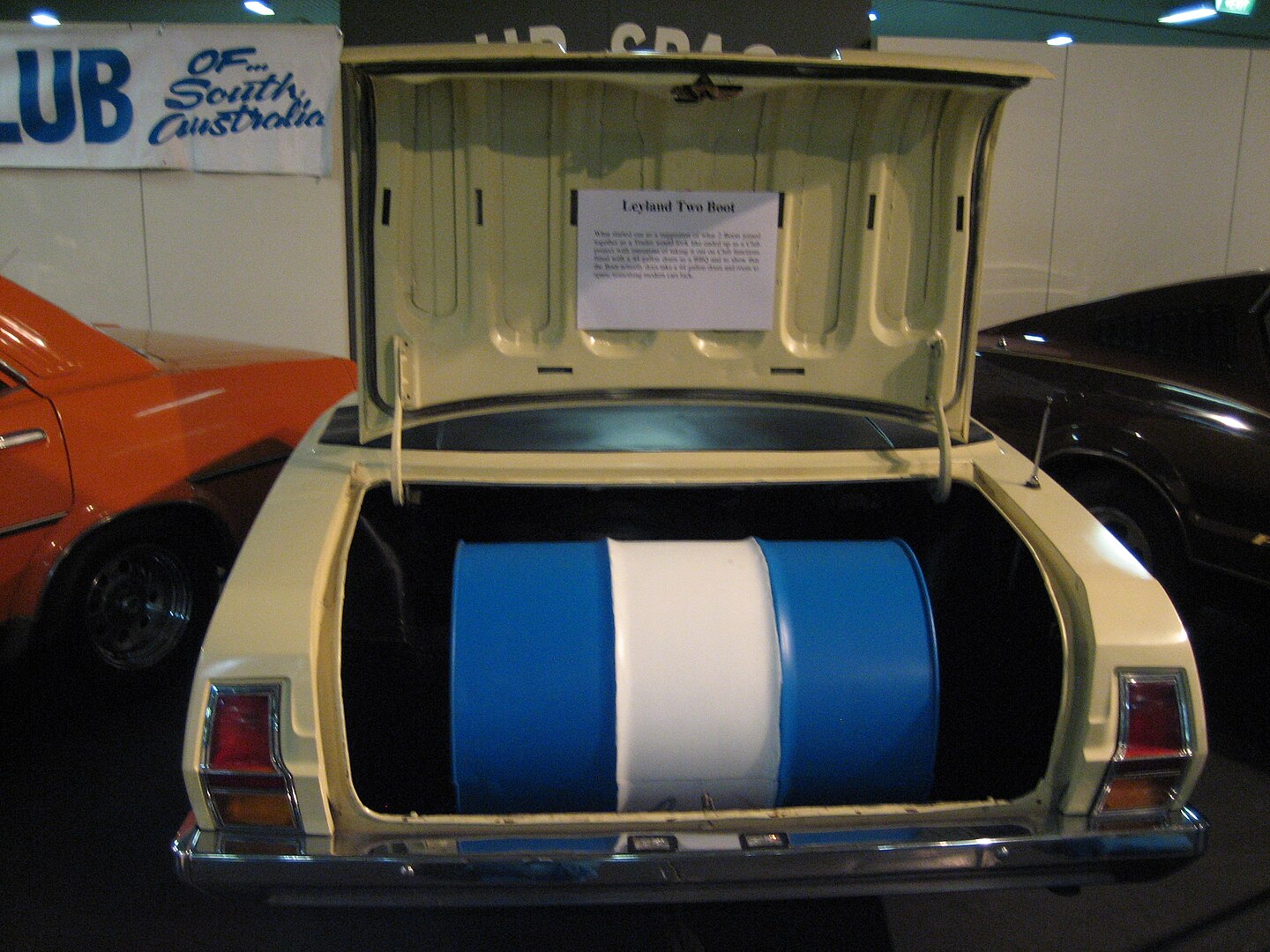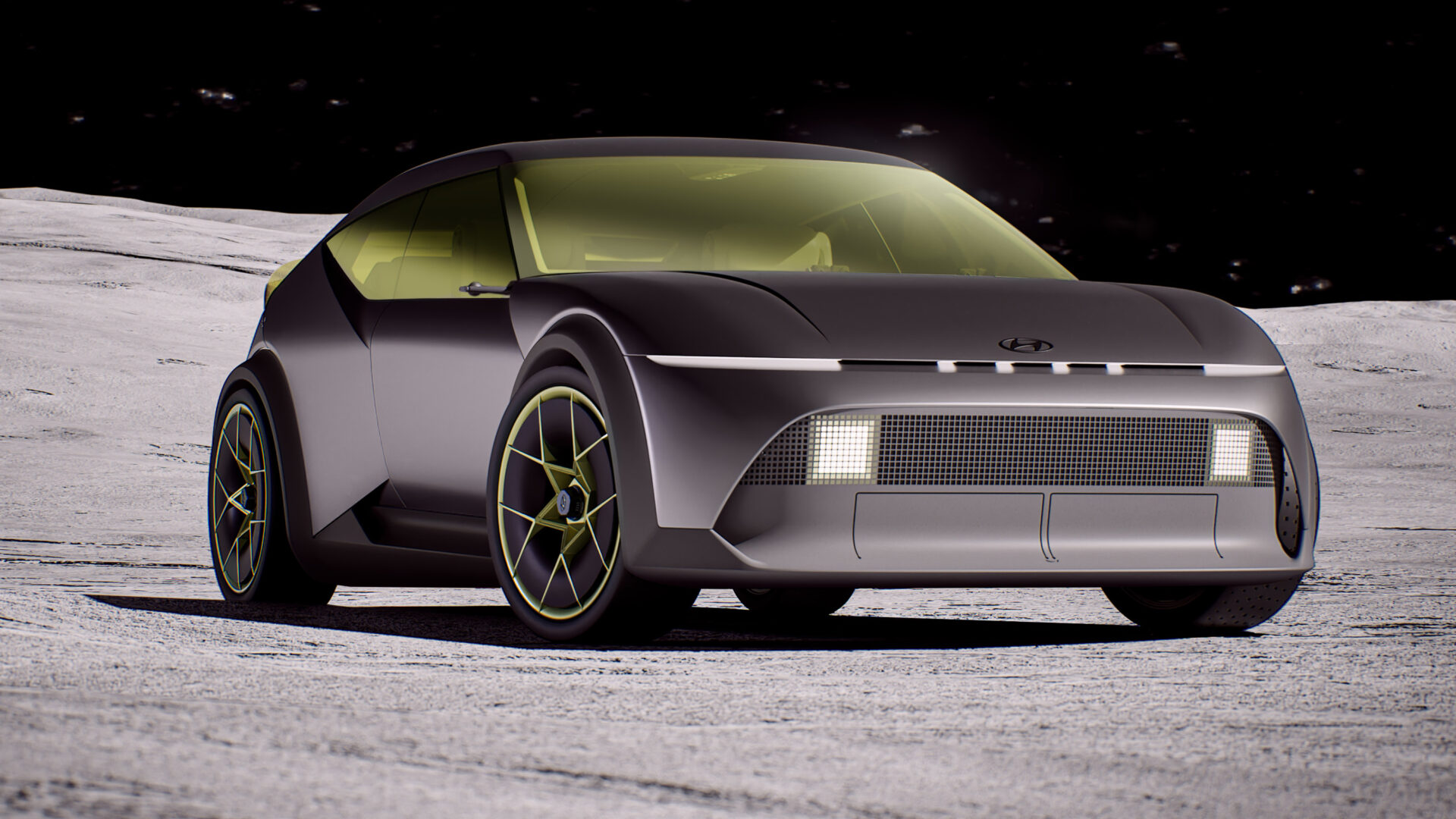Last time I gave you a lot of background on Musk’s and Tesla’s bad behaviour over the last decade. This week, a bit more of that but a lot more of why the Cybercab in particular is bad and why the We, Robot event was a load of nonsense.
Elon Musk is a man that does not have to pay for his mistakes. He once almost had to pay for a mistake when he pretended he had the funding to take Tesla private at $420 a share. In a tweet. Presumably through cloud of pot smoke because snigger four-twenty.
He got rapped over the knuckles and removed from the chairmanship of the company, quickly replaced by Telstra board member Robyn Denholm who was clearly made of the Right Stuff – tame and happy to cover up for Musk’s future indiscretions. Which she certainly has done over and over.
He was only removed because the SEC said so, not because the board – you know, the group of people who are responsible for holding CEOs accountable– did anything. Nor did shareholders seem to have that much to say about it.
That has so far been his only punishment for various misleading statements about Tesla’s future product and ability to deliver on “next year” promises.
Denholm was in the right place at the right time and got the gig, presumably in exchange for whatever was left of her soul after her stint at Telstra, Australia’s biggest telco.
Musk has been saying for years that Full Self-Driving would be available “next year” and we’re still not there and we never will be. I said last week that Waymo is doing okay, but neglected to remind you that those cars can’t go just anywhere. Partly because of the tech (which is far more impressive and reliable than Tesla’s) and partly because of regulatory restrictions.
The latter are things Musk hates.
In 2019 Tesla held a similar event to We, Robot and it was called Autonomy Day. At that event the Chief Executive Officer of a publicly listed company told the audience that the following year would see a million autonomous Teslas on the road.
Full Self Driving is, at best, a level two autonomous system that requires monitoring by the driver, something some Tesla drivers fail to do because of Musk’s well-developed reality distortion field. The number of cars with FSD software ramped up in 2020 as did the number of incidents involving the technology.
There’s a whole essay about how those incidents are being reported – and in some cases unreported – because if the data connection to the car is severed in an impact, or it’s out of range, no report. And the reporting itself is based only on airbag deployment-severity crashes.
Functionally, FSD is still at the same level of capability as it was in 2019. The cars do not drive themselves and we’re a long way away from that being a reality.
At the We, Robot event, Tesla changed tack on how this fleet of autonomous taxis were going to hit the road. In 2019 Musk said an over-the-air (OTA) software update would transform a million Teslas into taxis and you could rent out your car to other passengers. He’s sticking with that for 2025.
In a classic Musk hur-dur moment reminiscent of Trump’s “my staff tell me not to tell you this” he admitted that he is sometimes optimistic on delivery dates.
Cybercab
Cybercab, however, is a whole new piece of hardware. Obviously styled in a wind tunnel, it’s the spitting image of Volkswagens XL1 from over a decade ago. The two look similar because they have a the same aim – minimal energy use. I reckon they’re both going to suffer the same fate – never to make production. The VW was never intended for production, just so we’re clear.
The Cybercab is a two-seater, low-slung sports car form factor. It does have a pretty decent-looking boot but has stupid doors. There are shades of the Cybertruck’s impracticality but really it’s as much a hangover from the idiot Falcon doors of the Model X. Fine in principle, cool even, but awful in execution.
Musk said the Cybercab was accessible but that’s not what he meant. It’s too low to be used by folks with mobility problems, for a start. Loading cargo into it yourself if you have mobility problems is going to be difficult. It’s a non-starter for much of the disability community – heavy users of this kind of transport – and probably many elderly folks.
And it has just two seats. Now I know most people ride in Ubers/cabs/Grabs/GoJeks/Lyfts etc. on their own but this seems insane to me. Just two seats means that when more than two people are riding, that’s another car. To me it seems to be a revenue thing, where more Cybercabs are required for the small but significant number of journeys requiring more than two seats.
(“Oh, but the Cybervan has more than two seats…
It’s absolute pie in the sky nonsense and will never make production.)
The reason neither the Cybercab nor Cybervan will make production is simple – Tesla will not get the regulatory approvals it needs in enough places because the company has not done the hard work to get them.
Musk says these things are boing to be on the road in 2026 but he also said a million “robocabs” would be activated nearly five years ago, so we know that’s a non-starter.
Even if the vehicle itself is designed and built, there will be nowhere for them to run. Both are intended to ship without any pedals or steering wheel. No chance that’s going to fly in most jurisdictions except Howdy Arabia (Texas, if you’re wondering) and other poorly-run places.
GM’s Cruise sent out autonomous cars a couple of years back and after one of its machines dragged a punter for nearly six metres, they got sent to the sin-bin and now their autonomous taxis has a driver.
Tesla’s FSD is still nowhere near capable enough to be unsupervised.
Another non-existent feature Musk announced was inductive charging. This means the company has a so-far unannounced breakthrough in this elusive technology. Nissan showed me an inductive charger prototype in 2018 for the Nissan Leaf and it’s still not available.
Inductive charging requires infrastructure that doesn’t exist, built one imagines by a team Musk decimated last year (the Supercharger team) and the real estate to make it happen. I’ll put serious money down on this never happening.
Cybercab’s business model stinks…for owners.
There’s a sting in the tail that I haven’t really seen mentioned by anyone else. The idea of Cybercab, from what I can tell given the detail-light nature of any Tesla product presentation, is that you buy the cab and put it into the pool when you’re not using it. So it’s your personal two-door EV but it will spend most of its time driving itself (ahem) around picking up passengers who use an app to hail one.
I saw one puzzled fanboi ask, “Why doesn’t Tesla own the car?”
Quite right. Why not? Because a) he wants a bunch of chumps to throw down a deposit on these things when he announces the release date and how much money you’ll make off your Cybercab. And b) he doesn’t want the risk and nor will shareholders wear that risk.
There’s a reason Uber doesn’t own any of the vehicles or directly employ the people – those bits are expensive. Critical to the business, but expensive, so the risk is outsourced to the driers. Works for some, not so much for others.
Waymo and Cruise own their vehicles because they are still very much beta – Waymo’s cars move around very slowly and cautiously, thank goodness – and more to the point are estimated to cost about US$250k to put on the road. Nobody is going to pay that.
Musk is claiming – again – that this new thing would sell for $US30,000. The cheapest Model 3 with so-called FSD is US$50,490 once you wade through Tesla’s nonsensical ordering tool and you untick presumed fuel savings. Once you include the $7500 federal tax credit, it’s still $43,000. And it’s still not able to drive itself and won’t in the next 12 months.
And doesn’t have inductive charging.
What happens next?
A bunch of people are going to want to buy these things because they believe every word Musk says despite never delivering anything close to time. Hell, he couldn’t even run this event on the original date and then when it did run it was an hour late.
There are so many egregious things about the Cybercab but I reckon this is the worst of it – the whole announcement was really about selling cars that don’t exist to people who believe the hype and washing their hands of the financial responsibility.
It didn’t get Tesla the stock bump it was after – that came later after the earnings call which contained some…interesting…sales projections. In fact, the whole idea of the Cybercab was one of the first time sections of the financial media went, “yeah, nah.”
Not enough of the automotive media went yeah, nah, however and everything that came out of the event was deeply obedient to the press release. Top Gear magazine’s coverage in particular was woeful given the fact that it’s owned by the BBC and operates partially under the corporation’s charter.
If Cybercab ever sees the light of day, it will down to some serious carpet-baggery (or worse, some enforced Federal legislation as part of Musk’s involvement in a possible Trump administration) and/or about ten more years of development. It won’t look like the golden machines we saw at We, Robot and won’t do the things he said.
Tesla seems out of ideas, which is at odds with its founder’s vision for the future. I guess that’s what happens when you’re part of the rot economy of Silicon Valley, inventing new things that don’t actually exist to stimulate a share price.
I keep saying a reckoning is coming, but it seems to be moving further and further away. This should have been it and it wasn’t.




Leave a Reply